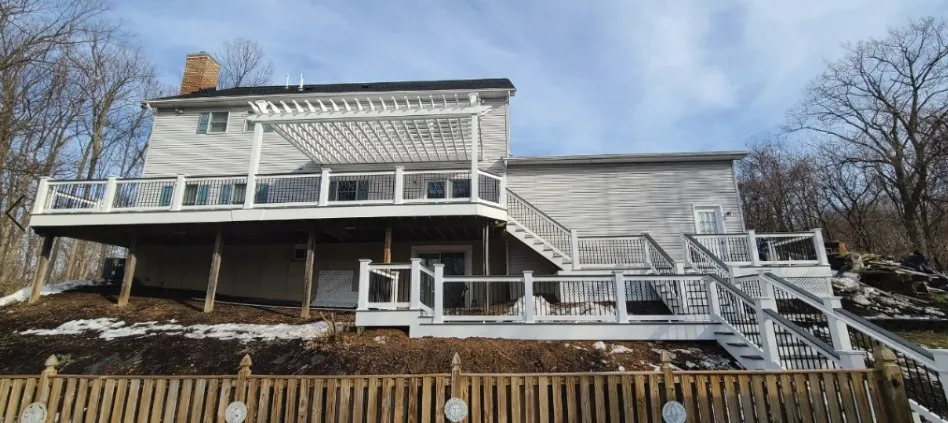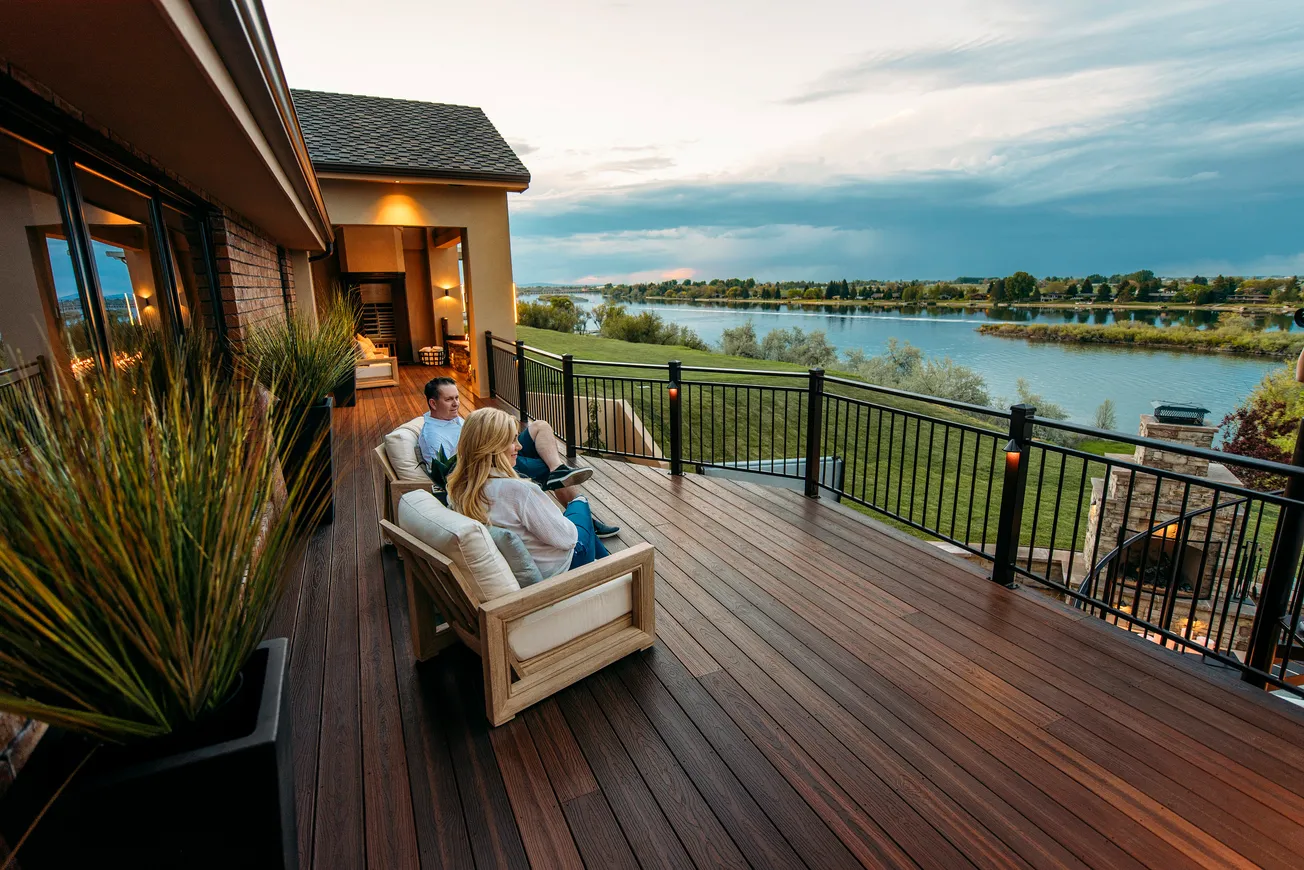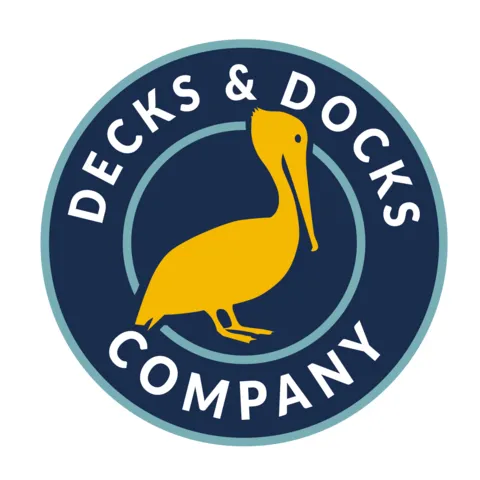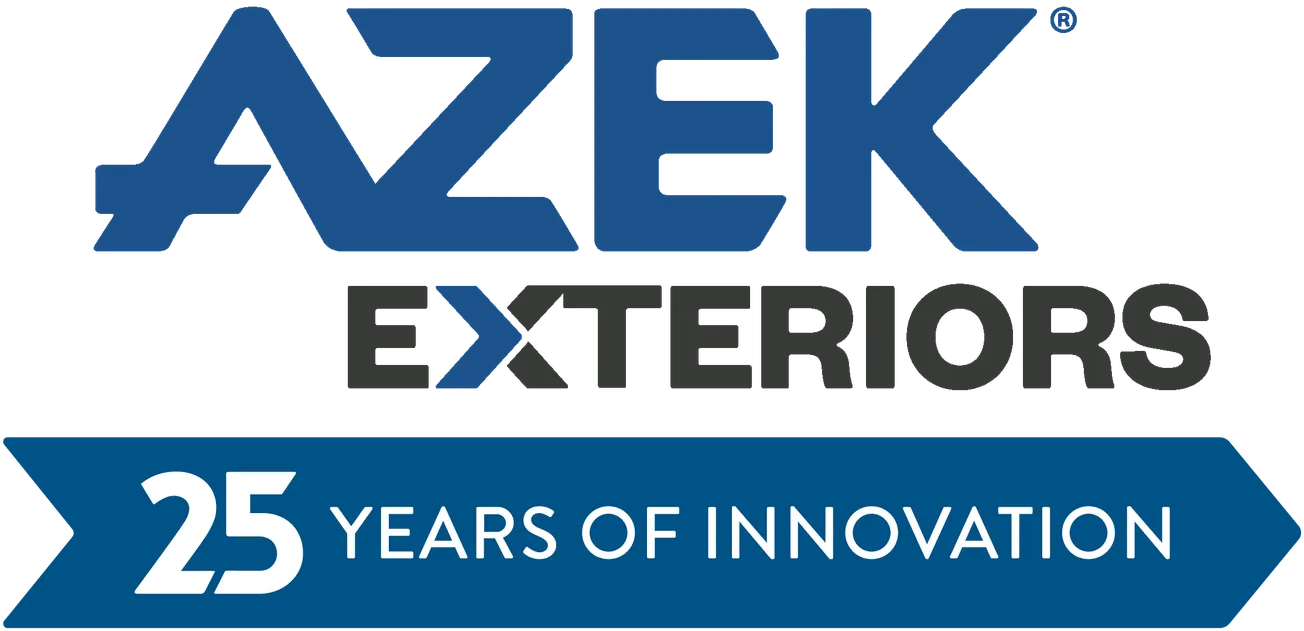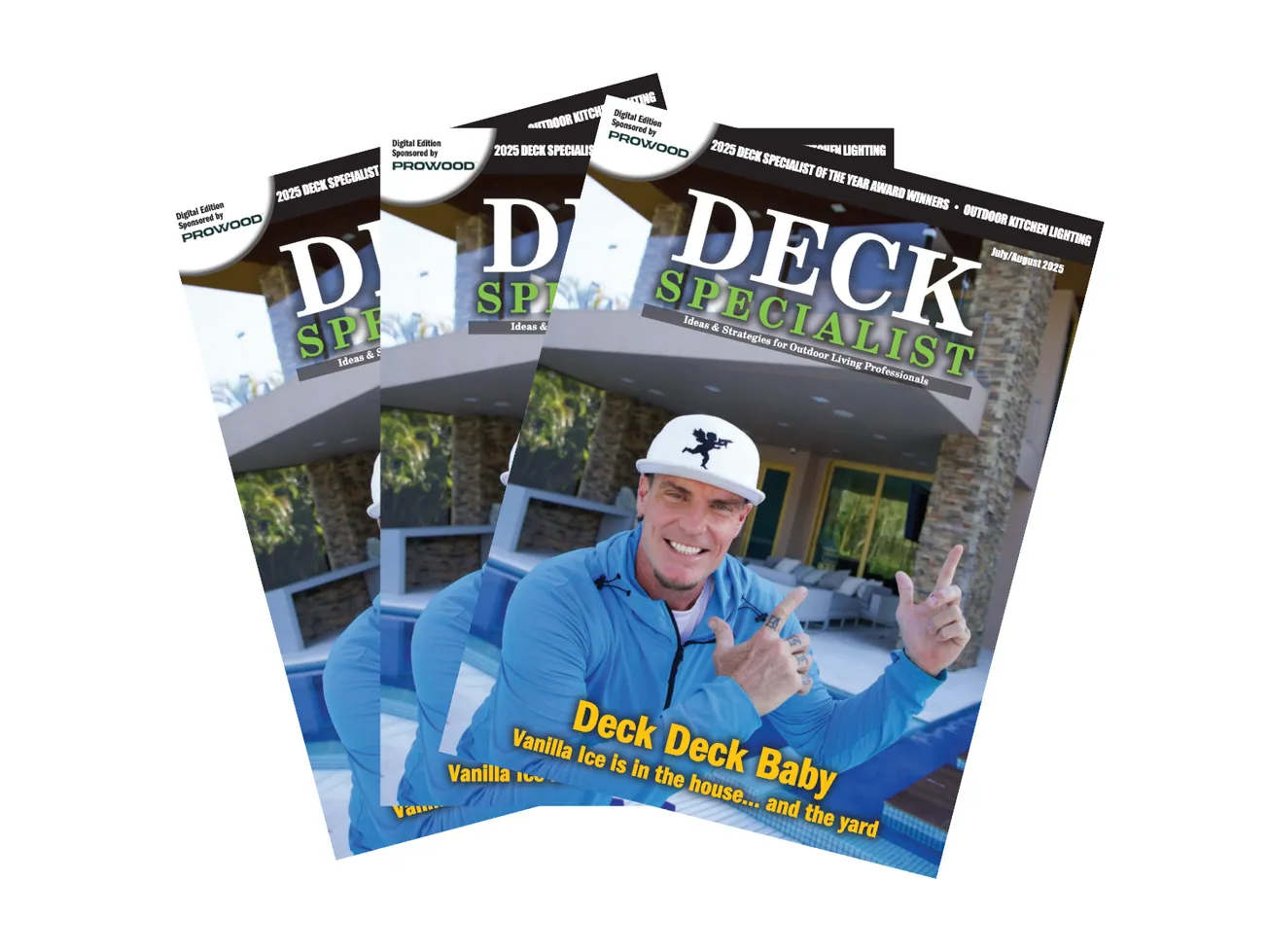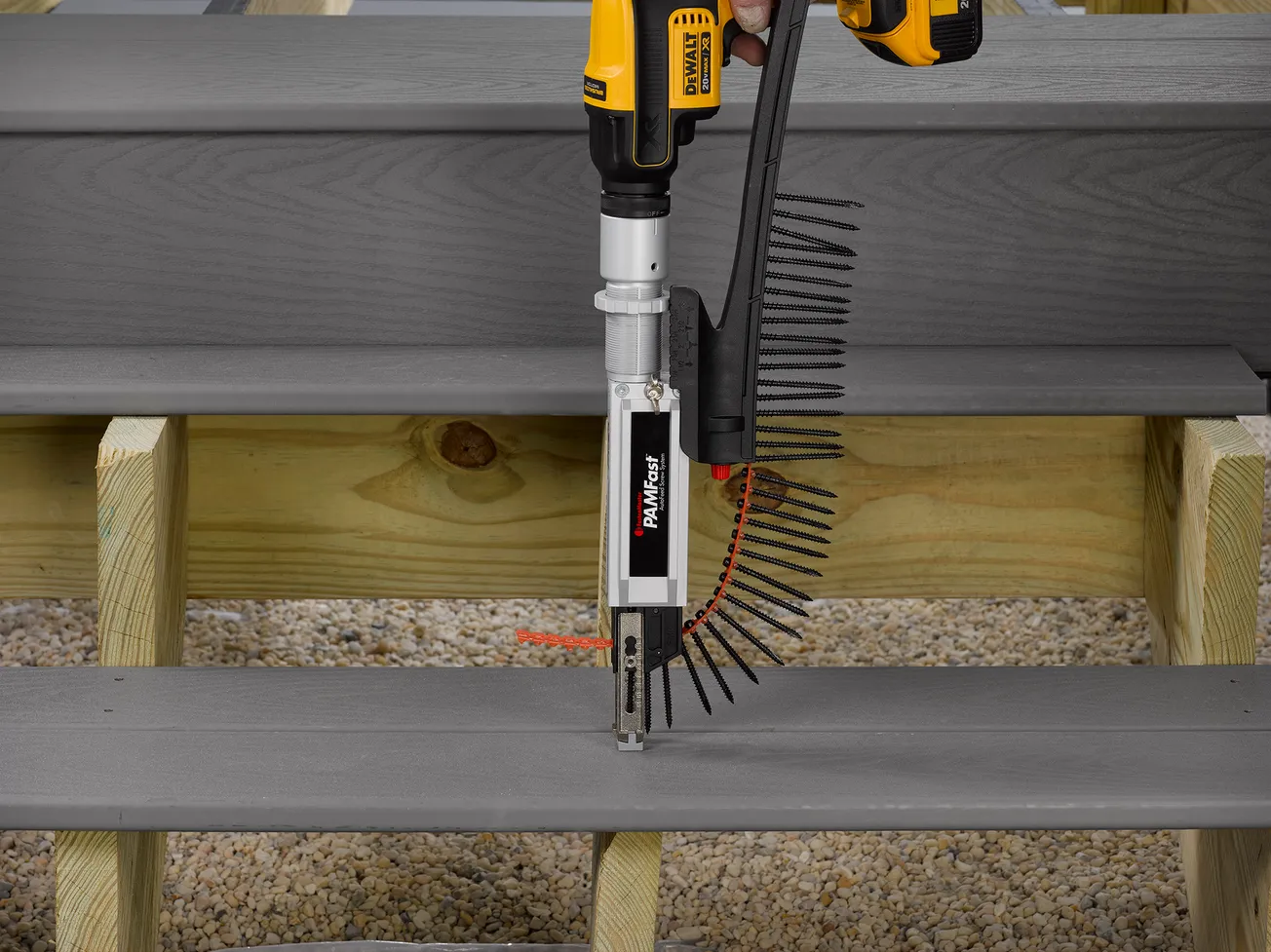Table of Contents
With any luck, the global pandemic will soon be in the rearview mirror. It has been devastating for countless families and small businesses who have suffered loss of life and livelihood. Ironically, for anyone who has anything to do with building, the pandemic has created unparalleled consumer demand for home-related products and services. That combined with historically low interest rates has caused a buying frenzy that has resulted in labor and material shortages not experienced in recent times.
A shortage of skilled labor certainly is not breaking news. However, who would have dreamed that we would experience vinyl and potassium shortages and that lumber prices would go through the roof?
Making a decent profit can be a challenge under the best of circumstances, but it can be a real chore when labor and materials are in short supply and prices fluctuate at the blink of an eye.
That’s where contingency comes in. The Oxford Dictionary defines contingency as “a future event or circumstance which is possible but cannot be predicted with certainty.” That pretty much describes what’s going on in construction world.
The idea of including a contingency in your cost estimates should not be a new phenomenon. A contingency is a cost that should be included in every cost estimate even in the best of times when prices are stable, and labor is readily available.
You might say that you don’t need a separate line item for contingency because you mark up your labor and materials such that you can make a decent profit. That might work for some, but for many who offer material and finish allowances to their clients, it can be problematic and confusing.
You will always need to mark up your product to make a profit. And you should also always include a contingency to demonstrate to your buyer that you didn’t just “fall off the turnip truck” and that you realize that the proverbial “hiccup” can occur during a project or that in this volatile market, prices can fluctuate dramatically, and you don’t want to go back to them with your hand out.
Most bank-financed jobs require the borrower to include a contingency as part of their loan – typically around ten percent. They know better than anyone that not everything goes exactly as planned and unforeseen costs will arise as a matter of course. They don’t want their client to be caught short or for their collateral to be compromised.
How much contingency should you include with your projects? That can only be answered by job costing several completed projects to determine real costs. We have been using a four percent contingency for 40 years. It helps cover our butts, keeps us competitive and we can walk away with the profit that we are entitled to in exchange for our hard work and risk.
There’s no time like the present — and this volatile economy — to protect yourself and your clients’ interest by making sure you have all bases covered.


